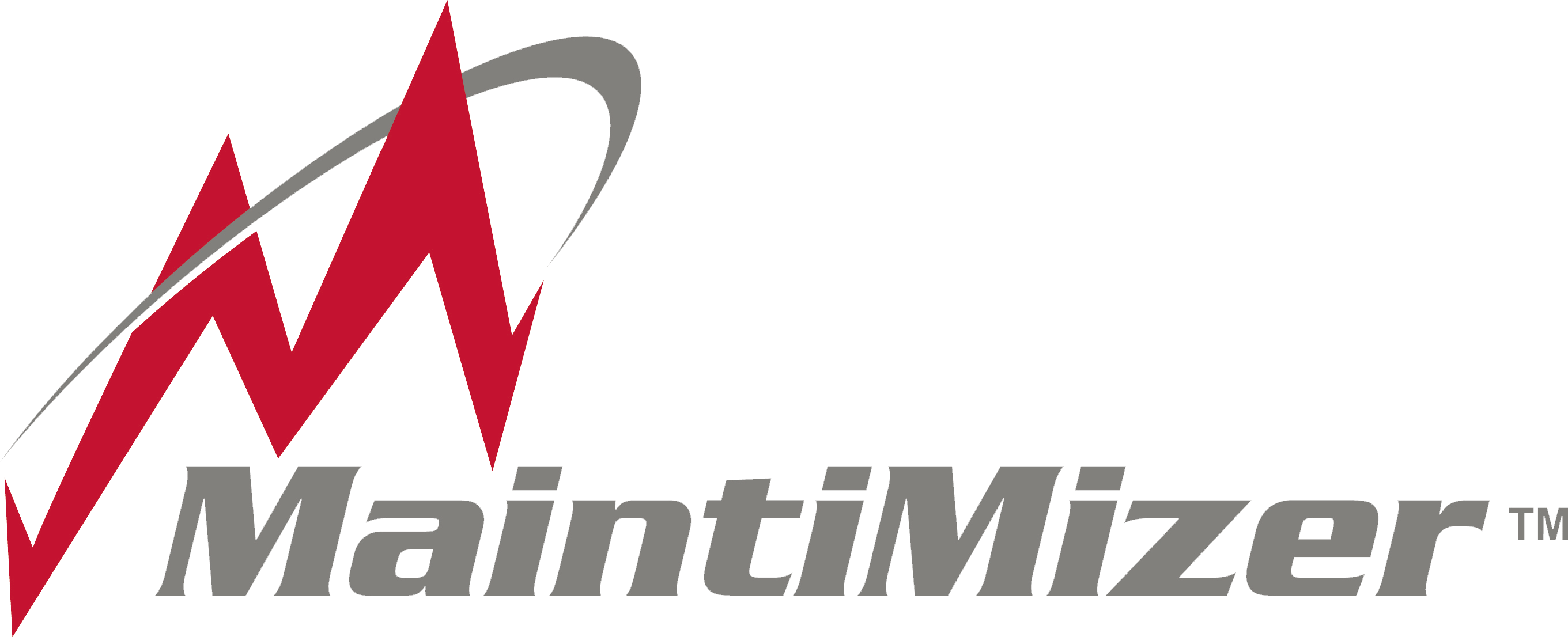Facility managers face problems every single day.
The tricky part is: a busy facility manager, with a litany of day-to-day issues, may not have enough time to find a better way. Or even worse, they’re so entrenched in their day-to-day work that they don’t realize their facility could be managed in a more efficient manner.
Some facility managers are aware that their facility could run a little smoother, but with dozens of employees to manage and supervisors to please – they address the symptoms with band-aids instead of curing the disease.
Well luckily, there is a cure to the disease of a poorly run facility – a Computerized Maintenance Management System (CMMS). It tracks and manages everything inside of your facility, giving managers the data they need to run a facility as efficiently as possible.
But before we prescribe the remedy, let’s look at the 4 problems that could be signs your facility is in need of a CMMS.
Ineffective Method of Generating & Tracking Work Orders
Even more noticeable than a lingering cough is a giant stack of work orders. Take a look around your facility – if you see a skyline’s worth of work order stacks, you may have a sickly facility.
A CMMS takes that pile of papers and stores them digitally. In addition to storing the work orders, a CMMS alerts maintenance technicians when a work order is generated. No more shuffling through a messy work desk to find today’s to-do list.
Keeping a digital record of your work orders makes for a healthy facility by creating accountability, making audits a breeze and decreasing shrink.
Historical Information isn’t Being Tracked
Storing information digitally, as we mentioned above, doesn’t just allow your team to be more organized and communicate better, it allows you to be more mindful of the overall health of your facility and major assets.
A doctor wouldn’t proceed without your medical history and you can’t make any confident decisions without your facilities history.
Check the historical information to identify machinery that’s a consistent problem or preventative maintenance that’s been neglected.
Machinery has a life-cycle of usability. If you aren’t mindful of that, surprise downtime could become the norm. Observe the historical data on your machinery and you could save untold amounts of money over the long run. This is one of the main reasons that a CMMS gives your facility an incredible return on investment.
Inventory is a Mess
Not really sure where certain parts are stored or how many are on-hand? Wondering why there are golf balls and a copy of Sports Illustrated from 2008 in a spare parts drawer? These are signs of a disorganized inventory – one of our biggest symptoms of an unhealthy facility.
A well-stocked inventory is key to a well-functioning workplace. A big issue commercial facilities can run into is having a key piece of machinery down and not having the parts in stock to repair it.
A lesser problem, but one that will still cost you, is having too much inventory. Over-ordering parts can be a real issue for smaller facilities that value space. And managers that value money.
Preventative Maintenance Schedules Aren’t Being Followed
Constantly reminding team members of preventative maintenance? Or just missing it altogether?
Preventative Maintenance is like getting a check-up with your doctor, no one actually wants to do it, but you’re better off in the long run. And just like regular checkups will lengthen your own life, keeping a regular PM schedule can lengthen the life of your machinery.
Think of a CMMS like a little digital doctor for your machinery, right on your facility floor. It stores the PM schedules of all of your most valuable assets and alerts you when they’re due. We all like the idea of regularly performing PMs but it’s easy for a busy manufacturing facility to have schedules fall by the wayside, a CMMS will help to prevent that.
So, if you’re experiencing any of these symptoms please, do not hesitate to reach out to a trusted CMMS provider and see if a CMMS is a right fit for you. Side effects may include: less machine downtime, increased facility output, increased maintenance productivity, reduced operating costs, and a much, much happier facility manager. (For a more detailed description of CMMS benefits check out our Big Picture Benefits of a CMMS blog post or the Department of Energy’s Operation & Maintenance Best Practices Guide.)
Written by Steven Garcia

